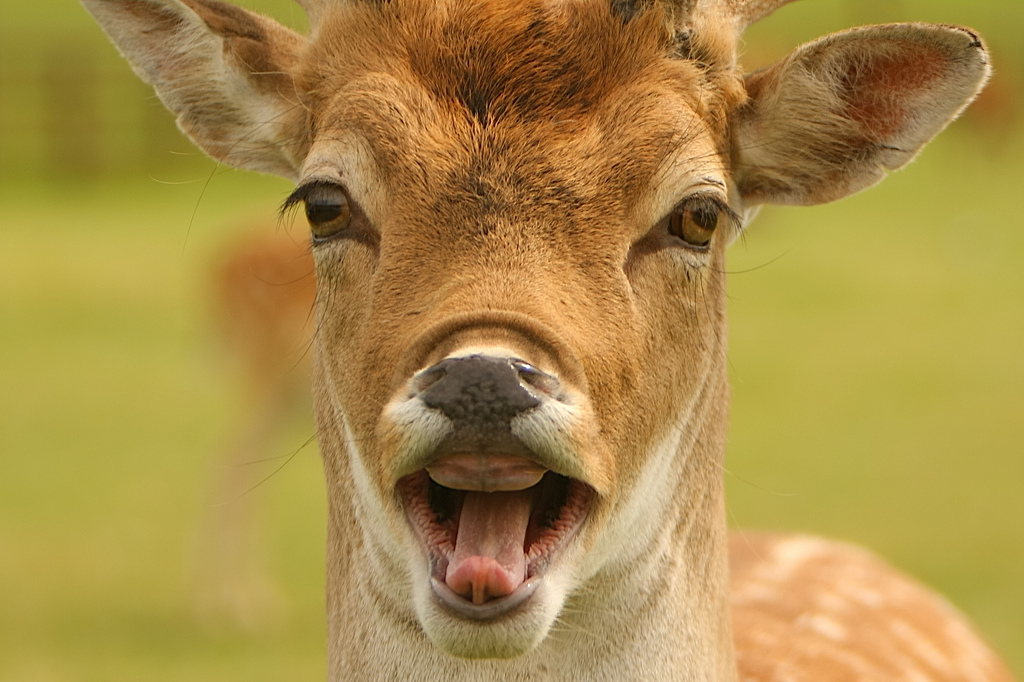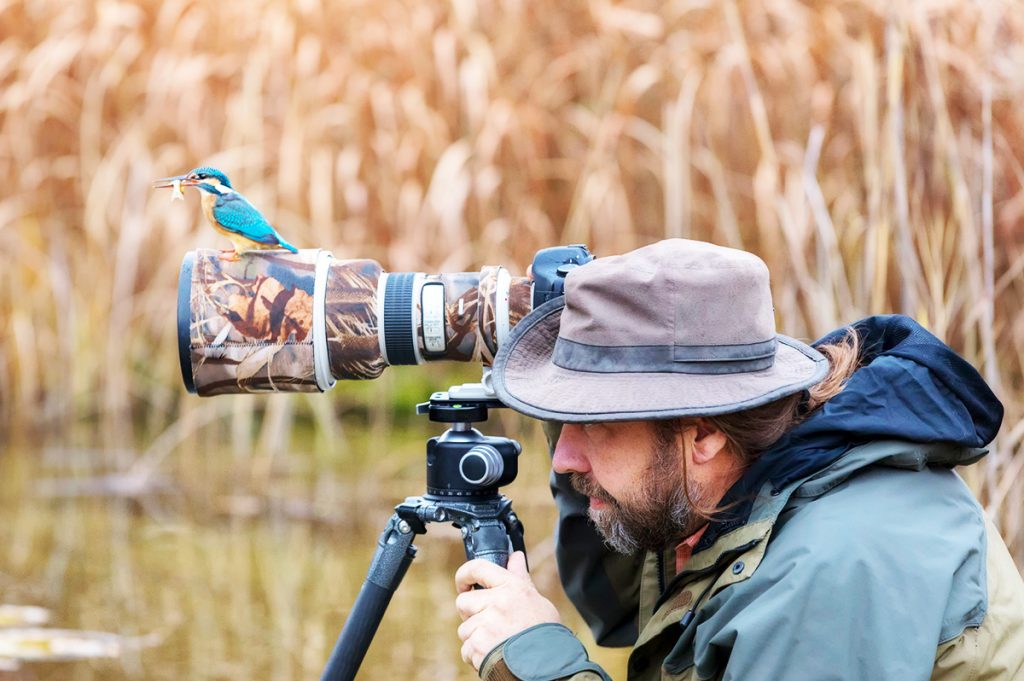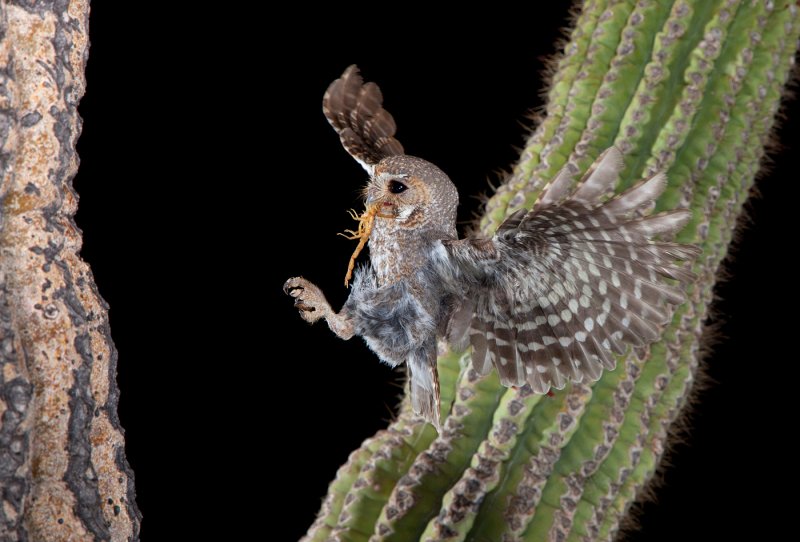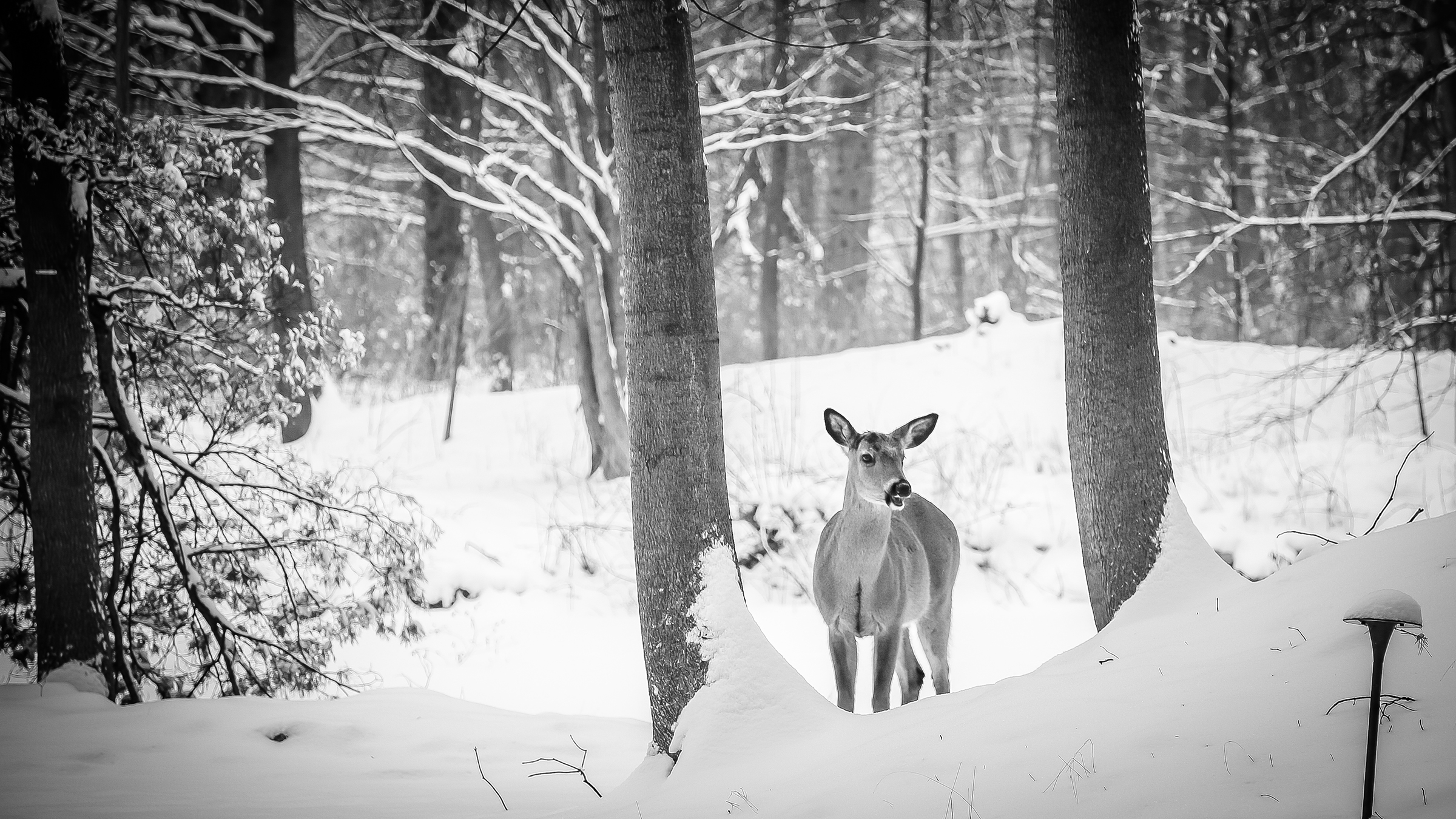
Blog
- Lauren
Guide to Wildlife Monitoring

Whether you want to study the wildlife around you or set yourself up for your most successful hunting season yet, this wildlife monitoring guide will give you all the tips you need to get it right.
What Is Wildlife Monitoring?
Wildlife monitoring involves observing and documenting wildlife populations in their habitats. You’ll typically need to look at the number of animals in a specific area or habitat. Simply put, it’s about watching and recording wildlife and logging what and where you find it. It can also focus on populations, species and ecosystems and the way human factors impact them.
Monitoring wildlife serves several purposes for the benefit of wildlife, hunters and outdoorsmen, such as:
- Keep surrounding populations healthy: Regular monitoring can reveal whether the populations of surrounding game are up or down. This information can help you spot trouble early, like droughts and poor nesting, and let hunters know if the herds can handle the pressure or need a break.
- Protect habitats and catch problems early: Findings from wildlife monitoring reveal potential problems in the habitat and that can be used to create improvements or arrange hunter programs.
- Watch for disease: Monitoring can help catch things like bird flu in livestock and wildlife so that experts can identify and provide treatment early and give hunters a heads-up when they should take extra precautions.
- Plan hunting smarter: Monitoring nesting areas and game activity can help you identify highly populated areas. Hunters can plan more strategic trips, and outdoorsmen can locate places where they will be most likely to spot wildlife. Just confirm that wildlife monitoring is legal in your state if using it as a tool for hunting.
How to Attract and Observe Wildlife
Setting up trail cameras and feeders can help you draw and watch more wildlife, but you must also use the proper techniques. Here are the best steps to follow to attract and observe wildlife:
1. Set up a Feeder
Feeders can help attract different animals, including birds and game. Choose a feeder that caters to the specific species you want to observe. Consider the feeder’s size, features and shape and whether it’s suitable for your purposes. For example, to attract birds, look for a feeder with multiple feeding ports, and invest in an automatic feeder that provides consistent food. If you want to attract deer, look for a feeder with a large capacity and sturdy build to provide sufficient food while withstanding more force.
Automatic feeders are one of the best options because they dispense the correct amount of food and provide it consistently. They attract animals to that area, and the constant access to food encourages breeding to replenish the population. Automatic feeders turn that space into a prime location for the wildlife you’re trying to attract. It also creates a means for more sustainable hunting in areas where it’s legal.
2. Choose the Right Kind of Food
When using a wild animal feeder, it’s essential to provide food that appeals specifically to the wildlife you want to observe. For example, deer may find nuts or corn more attractive, while birds are more enticed by seeds or nectar. Some foods appeal to a broader spectrum of species. For example, black-oil sunflower seeds attract an extensive range of birds.
Providing water sources is also an excellent way to attract wildlife. It offers a more welcoming habitat and helps entice different kinds of animals to your feeder. Add a birdbath or a small pond near the feeder so animals can use it for drinking and bathing.
3. Place the Feeder in the Right Location
If you want to attract and observe wildlife, it’s crucial to find a spot that’s accessible for the species and that will not make them feel vulnerable. If you want to use a bird feeder, it’s best to place it in a location where birds can perch and feel secure from predators. The best feeder spot varies, depending on the type of bird or game you’re after. You should also put the feeder somewhere that’s visible to you so you can observe with ease.
Hunters or those wanting to watch wildlife like deer should look for tracks in frequented areas. If you place the feeder close to houses, busy roads or walking trails, it will go to waste. Instead, locate areas where deer already frequent.
4. Set up a Trail Camera
When you install a feeder, consider adding a trail camera to get the best view of travel patterns and analyze the physical characteristics of the population in that area. Learning how to use a trail camera can help you monitor populations without leaving the comfort of your home. You can set up trail cameras to capture images or videos at regular intervals or whenever an animal steps in front of their field of view.
Hunters use game surveillance to collect more information on the surrounding herds. If using trail cameras for hunting is legal in your state, you can use multiple trail cameras to track the largest bucks on a piece of property for a more successful hunting trip.
What to Look for With Wildlife Monitoring
When monitoring animals, there are a few things that can help you spot wildlife trends and find high-population areas. For best results, plant monitoring equipment in a consistent area, and time it according to the appropriate season to get young counts for the species you’re observing. Here are some of the factors to consider if you’re interested in wildlife monitoring:
Population Status and Trend
Many wildlife observers look at population status and trends based on the number of animals seen per mile, hour or day and the density of different species. Monitoring for population status and trend can help you find an area with optimal viewing conditions or identify potential hunting hot spots.
Reproduction and Mortality
Looking for the number of young per adult or brood can help you assess habitat quality and identify potential high-population areas. In states where it’s legal, hunters can use this information to find spots where they’re likely to get a good catch. It can also help experts identify high mortality rates and highlight potential environmental issues and disturbances.
Animal Condition and Health
Monitoring wildlife can help you understand an animal population’s general health, proportions and ages. These insights empower outdoor enthusiasts and hunters with the information needed to identify and avoid groups of diseased or injured animals. It can also help you detect invasive species early enough to prevent them from spreading.
Enjoy Wildlife Monitoring With Quality Products from Sweeney Feeders
In the late 1960s, John and Doris Sweeney began building deer feeder timers when customers at John’s clock and speedometer repair shop started bringing their homemade timers in for repair. Since then, we have been deeply passionate about providing high-quality products and friendly customer service.
Since we built our first timer over 50 years ago, we’ve focused on creating products that bring people closer to nature, improve hunting success and withstand the harsh conditions of the outdoors. We stock a full line of feeders, from deer and bird options to pond and lake fish units. We’re the oldest deer feeder company in this business, and that title shows in our product quality. You can depend on your Sweeney Feeders to feed on time, every time, for a long time!
Shop our full range of products today!
Recent Articles

We built our first timer over 50 years ago. With that timer, we established a constant determination to build quality products that meet our customers’ needs. This unwavering focus on quality products and excellent customer service is the foundation of Sweeney Enterprises.



